London has always been loyal host of heavy mists and fogs. However, the rise of industrial revolution, in the late 19th and early 20th century, took on a more sinister character. Coal plants and factories doubled the amount of fog and added toxic chemicals in atmosphere which resulted in creating a noxious smoky fog. Variations in atmospheric pressure and temperature could sometimes cause thick smog to settle over London for days at a time, restricting visibility and causing health problems.
The most notorious incident known as “The Great Smog” occurred in 1952. A weather phenomenon known as an anticyclone essentially placed a lid of warm air over London, trapping all of the city’s emissions at ground level. Visibility was nonexistent, and the city was paralyzed. The smog blanketed the London for five days in December, 1952. More than 12,000 people were died and 15,000 people were hospitalized. Thousands of animals and birds also died. This disastrous incident sparked modern environmental movements and led to legislation reducing the amount of air pollution in the UK.
Here below are some photographs that show how the London looked like during the Great Smog


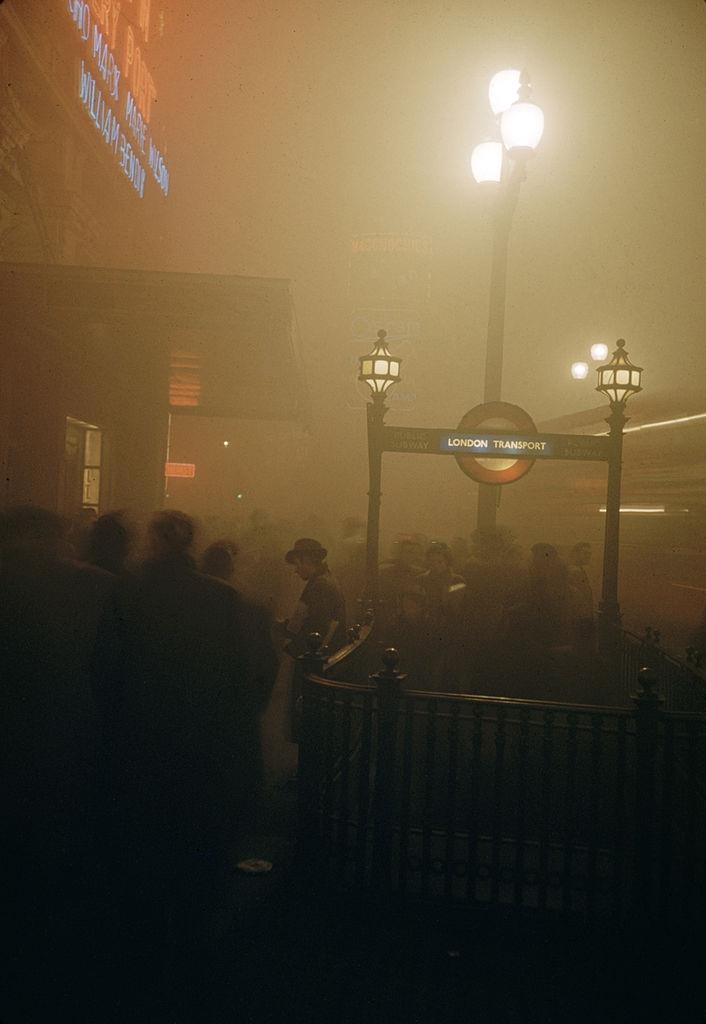
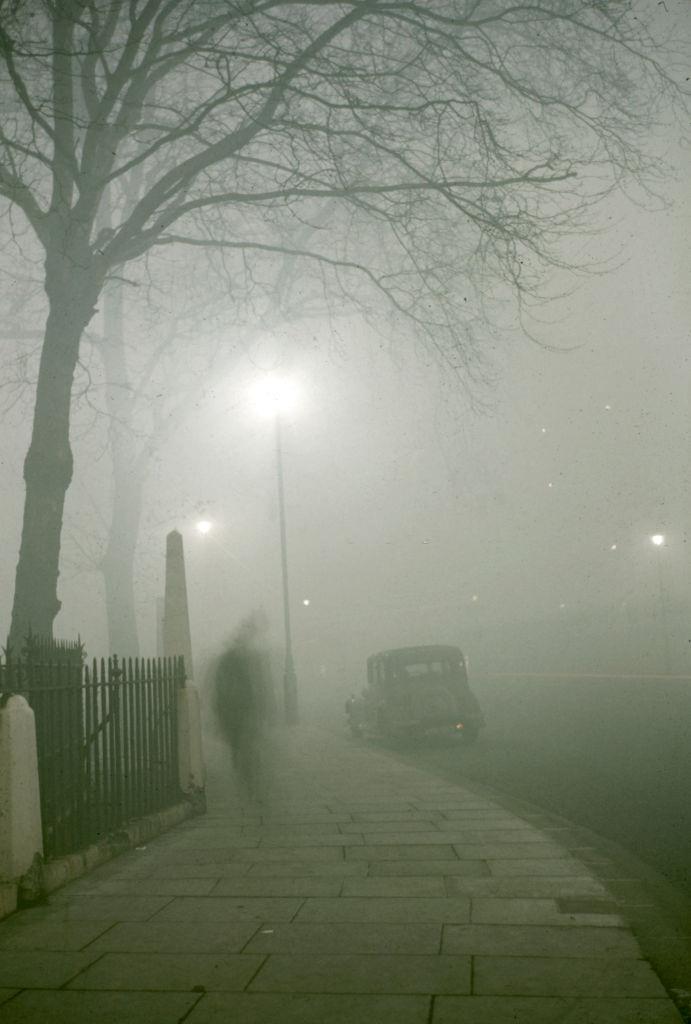
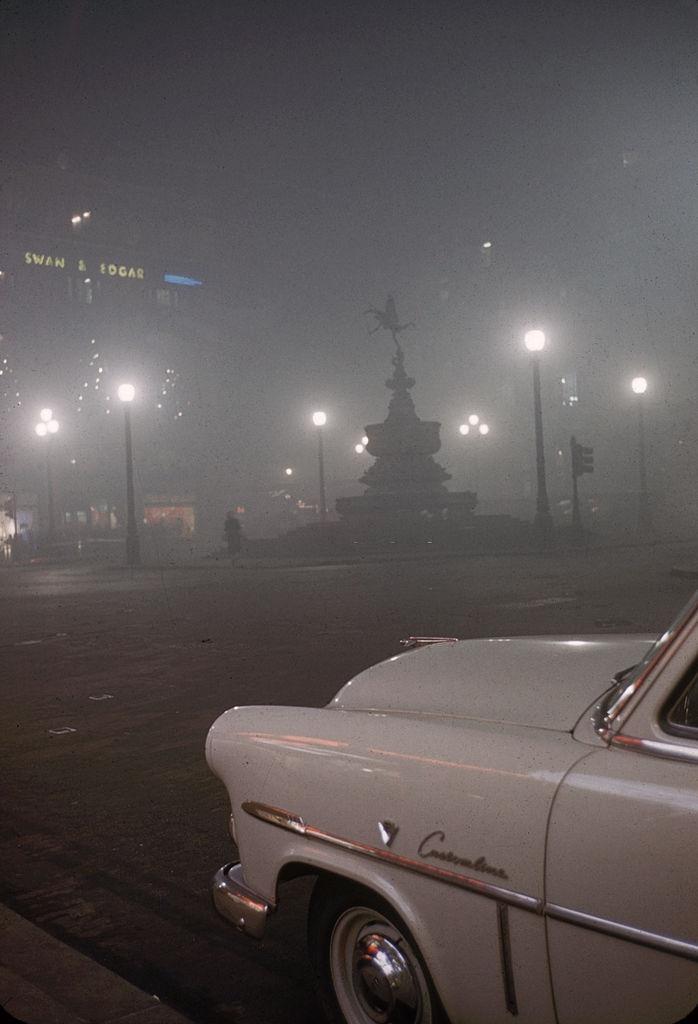
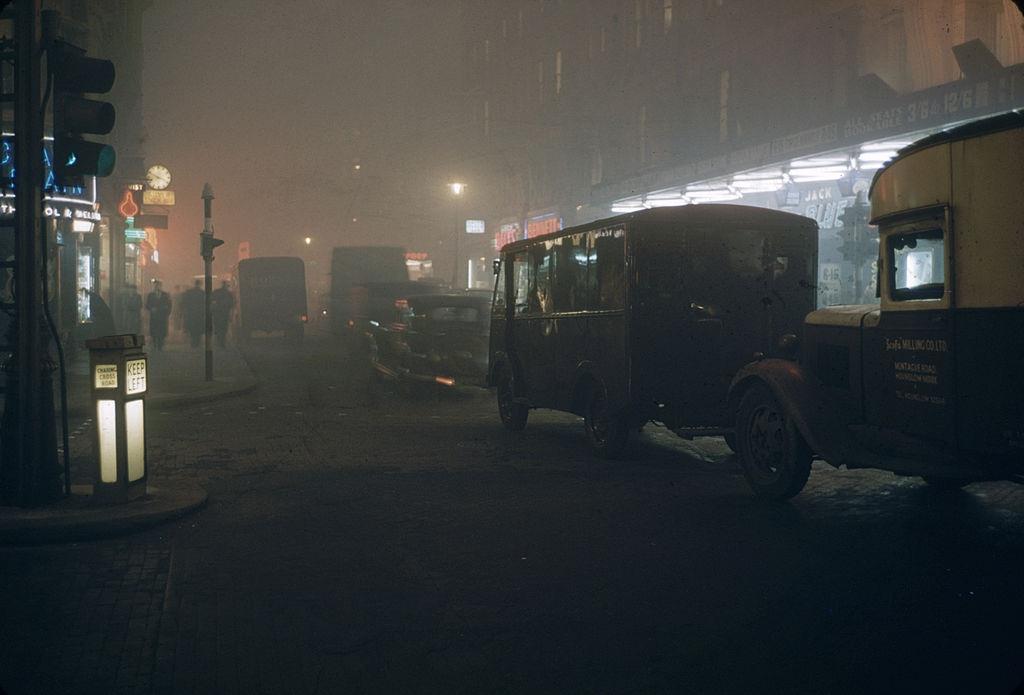
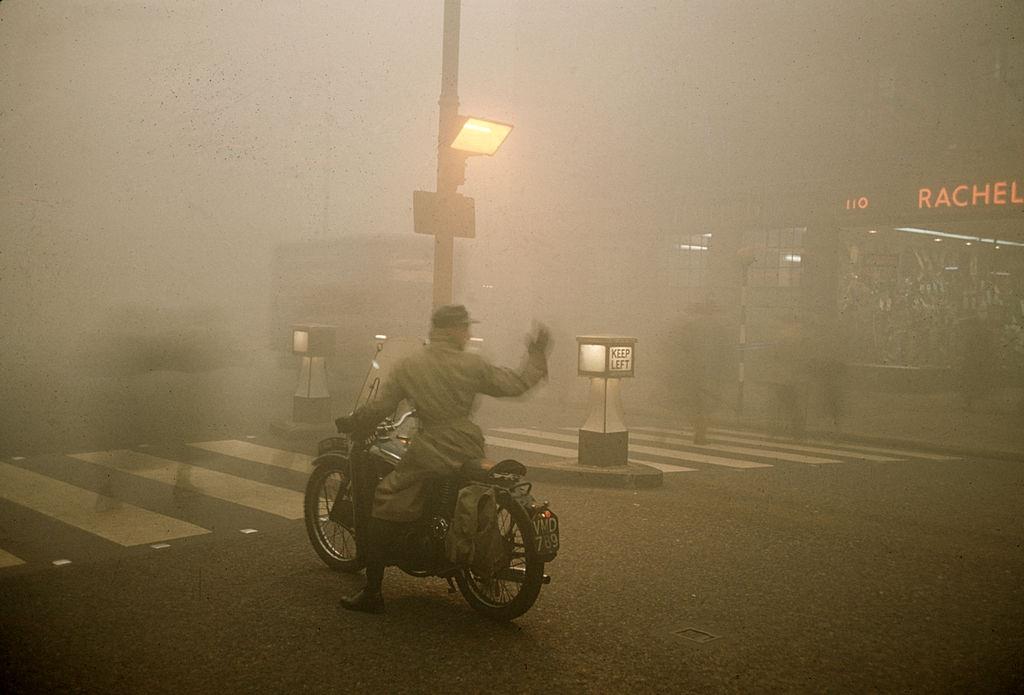
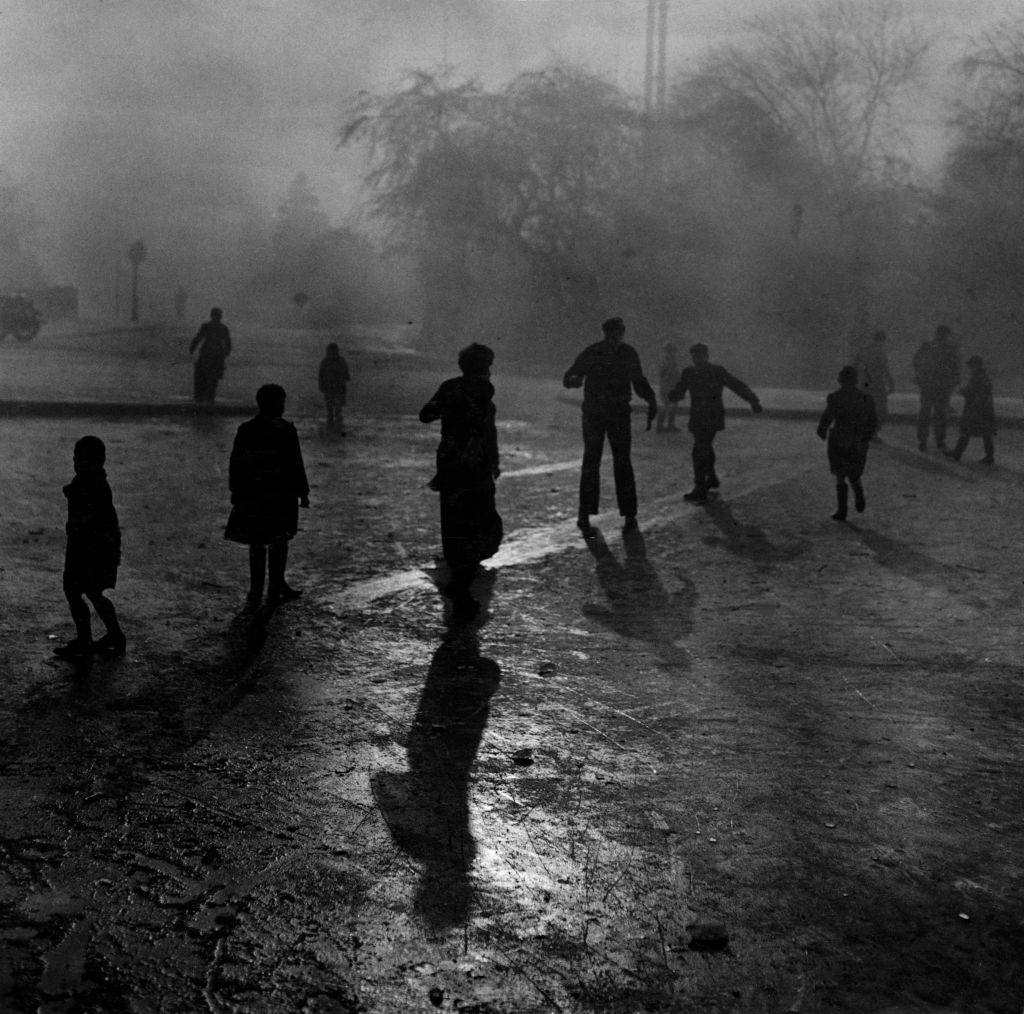
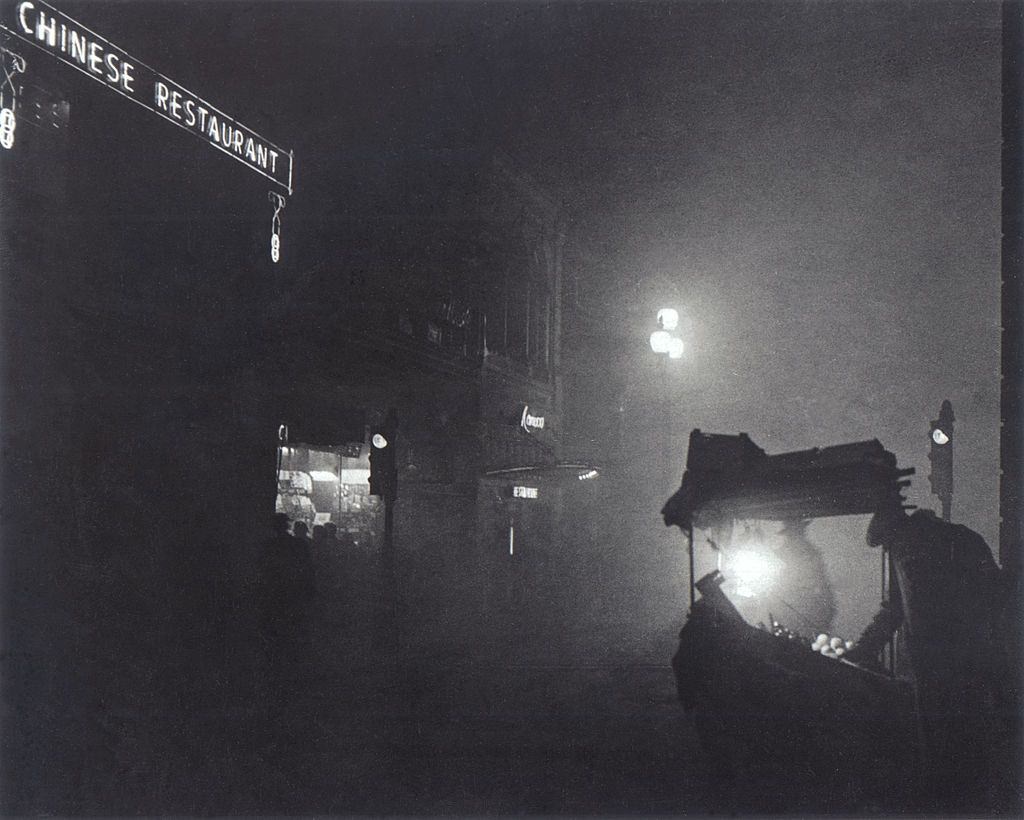
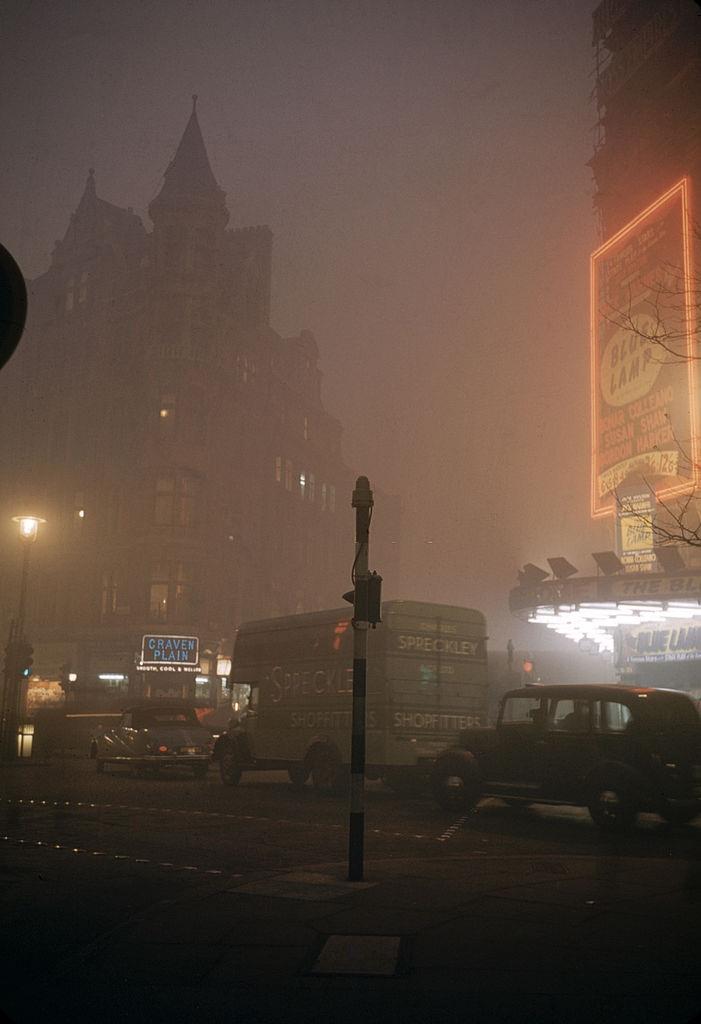
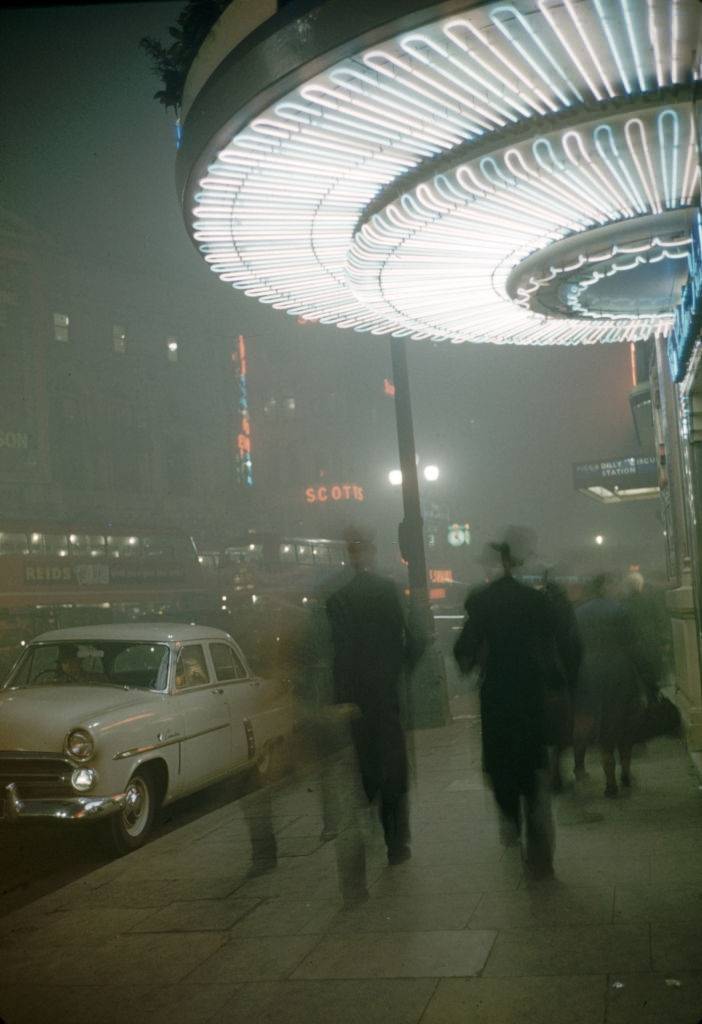
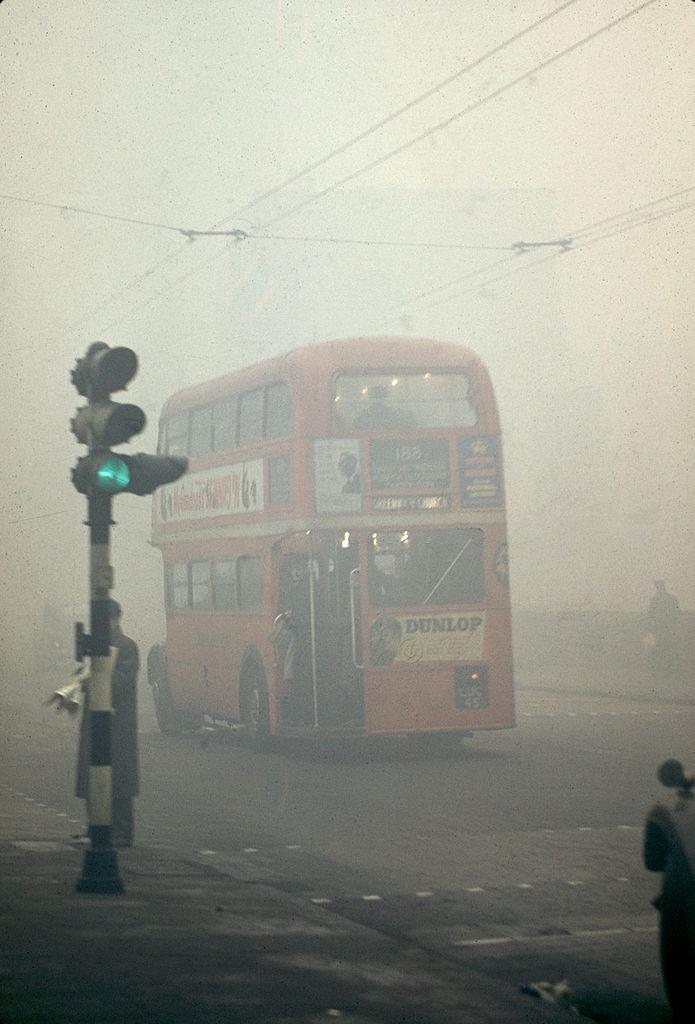
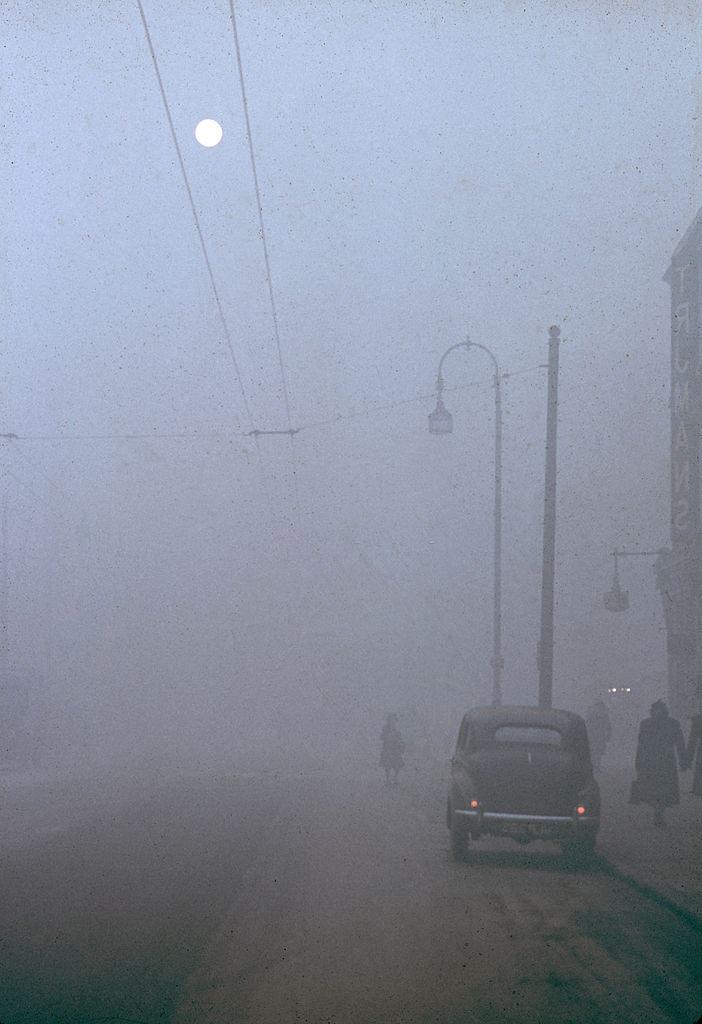
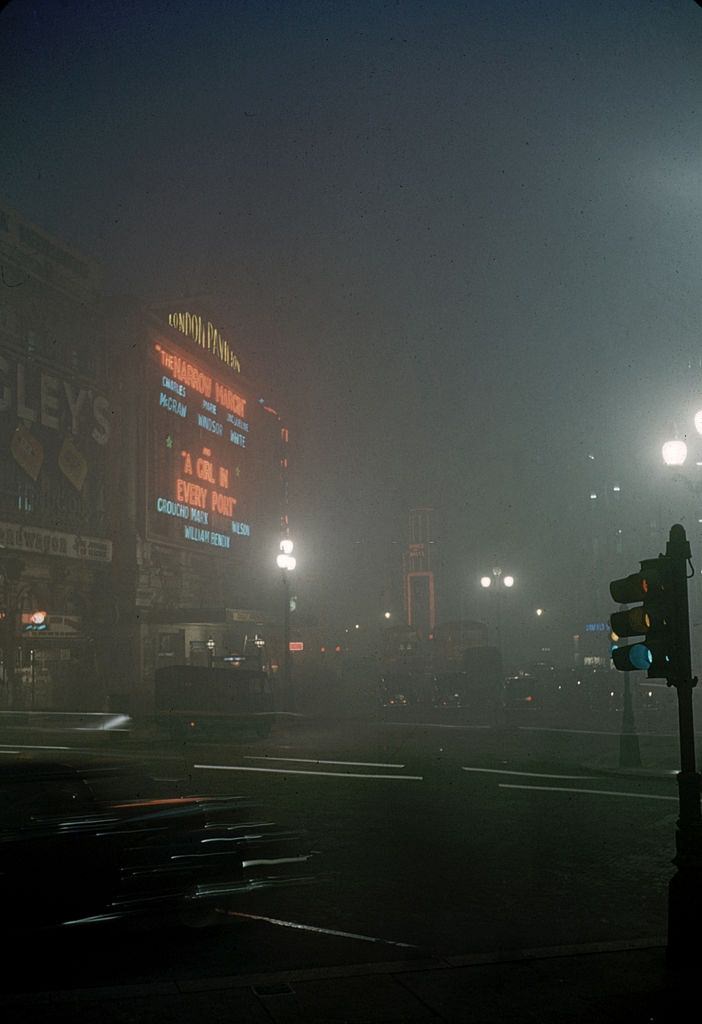
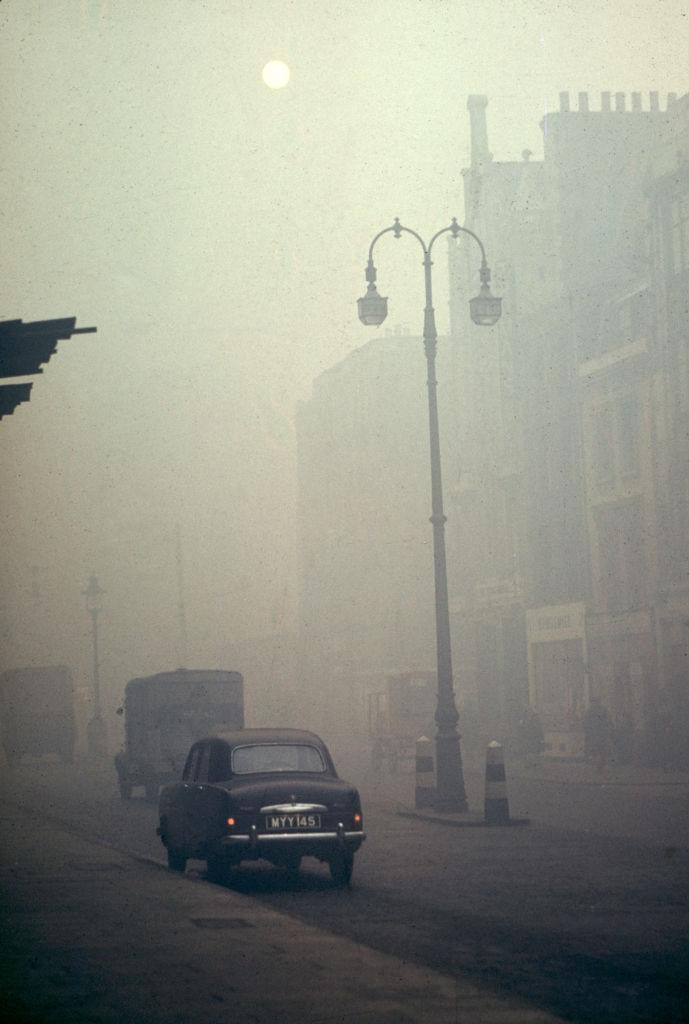
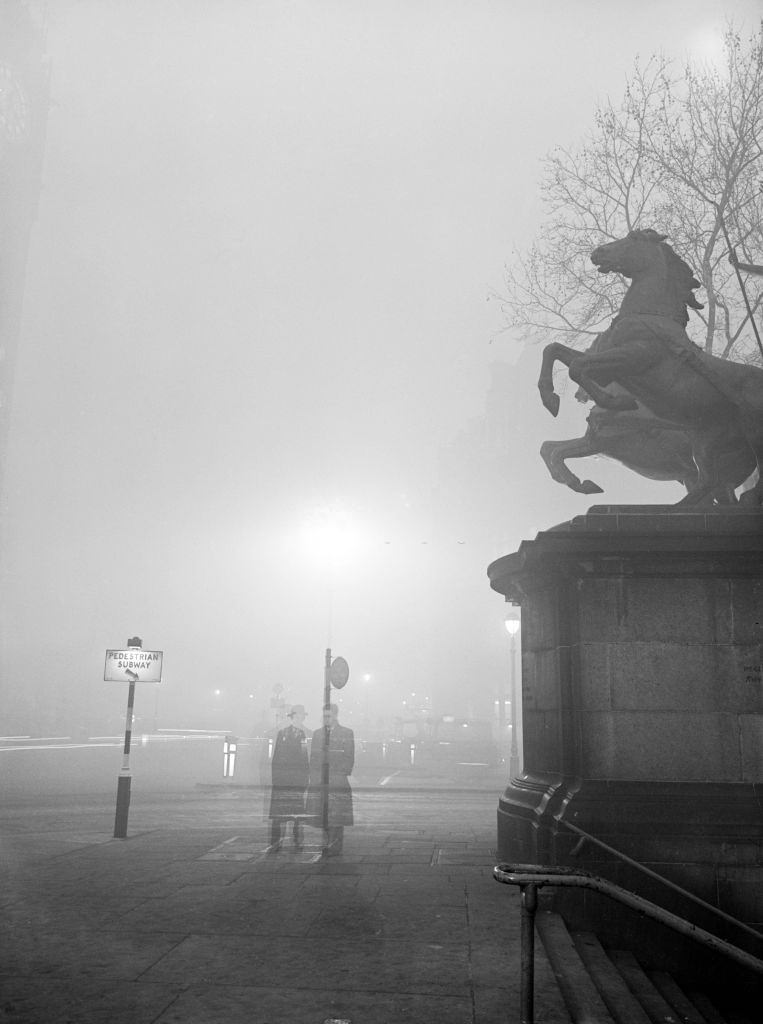
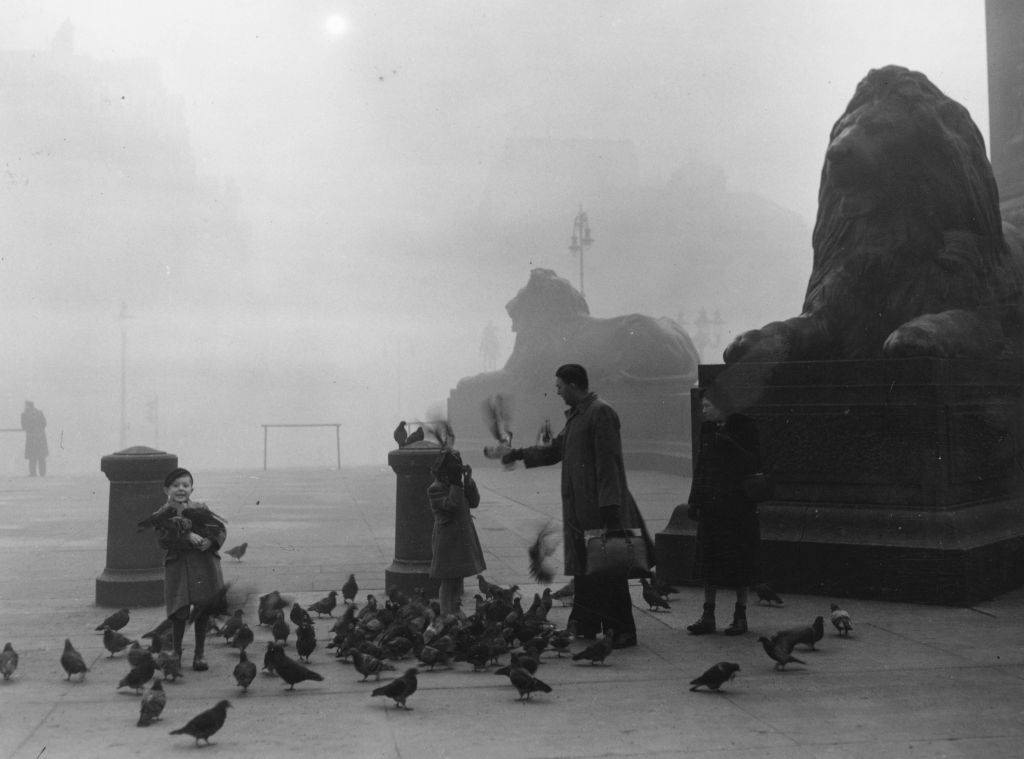
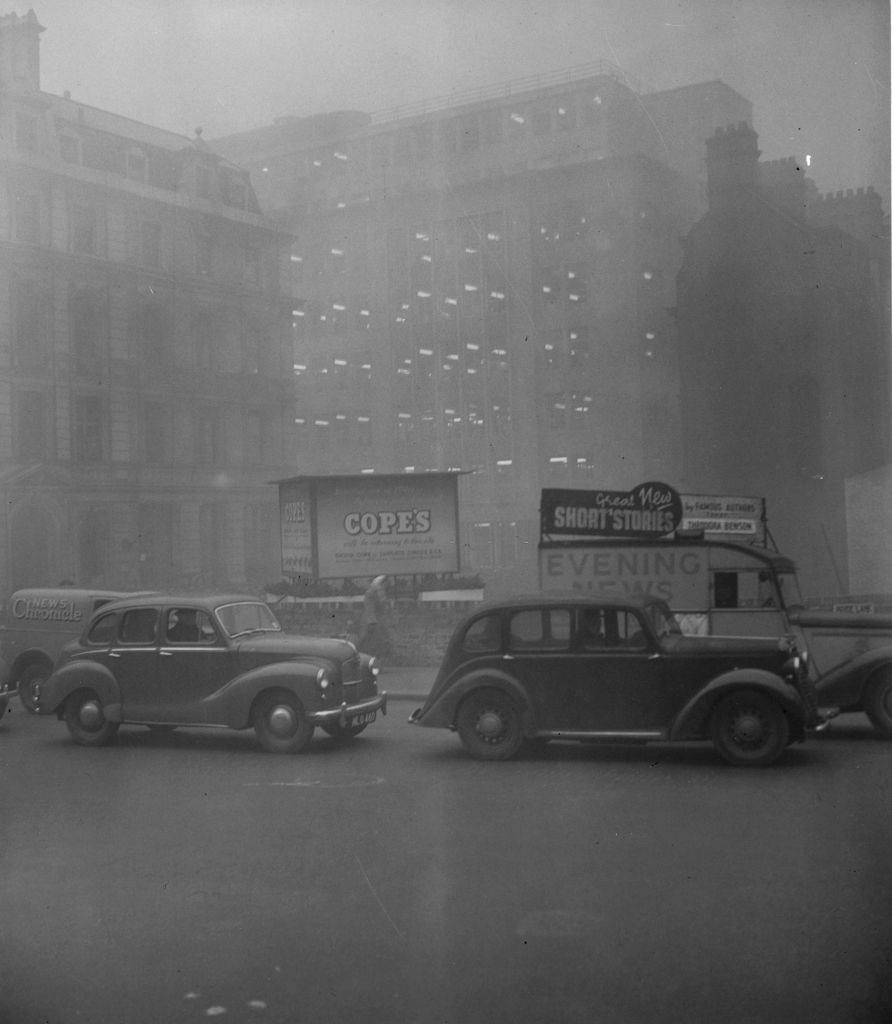
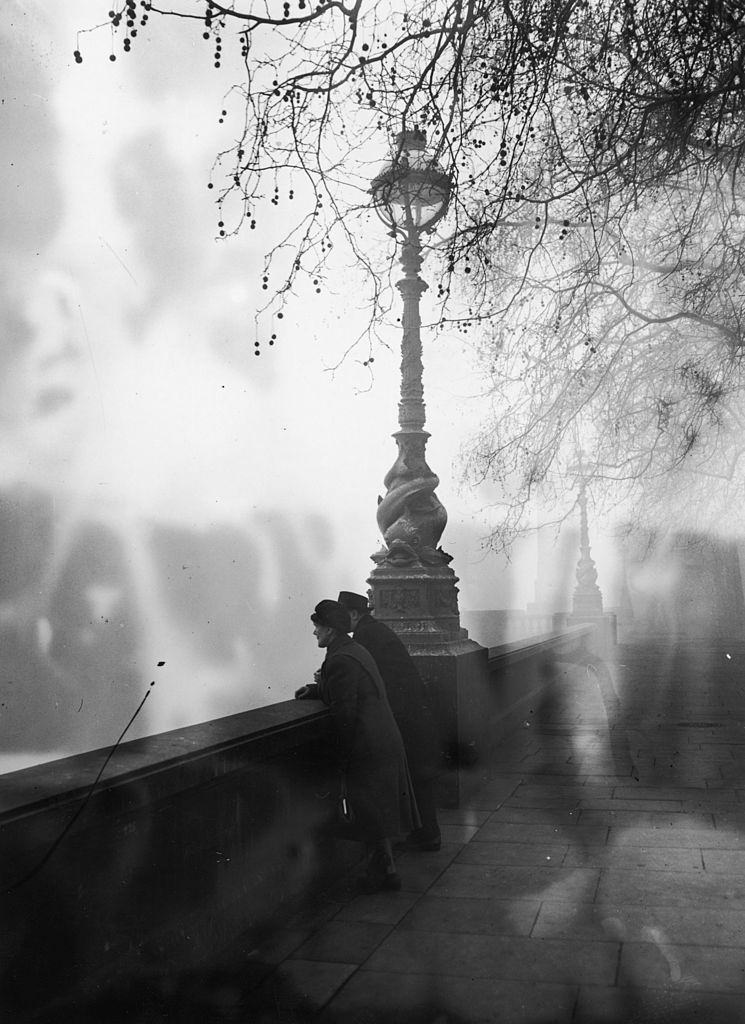
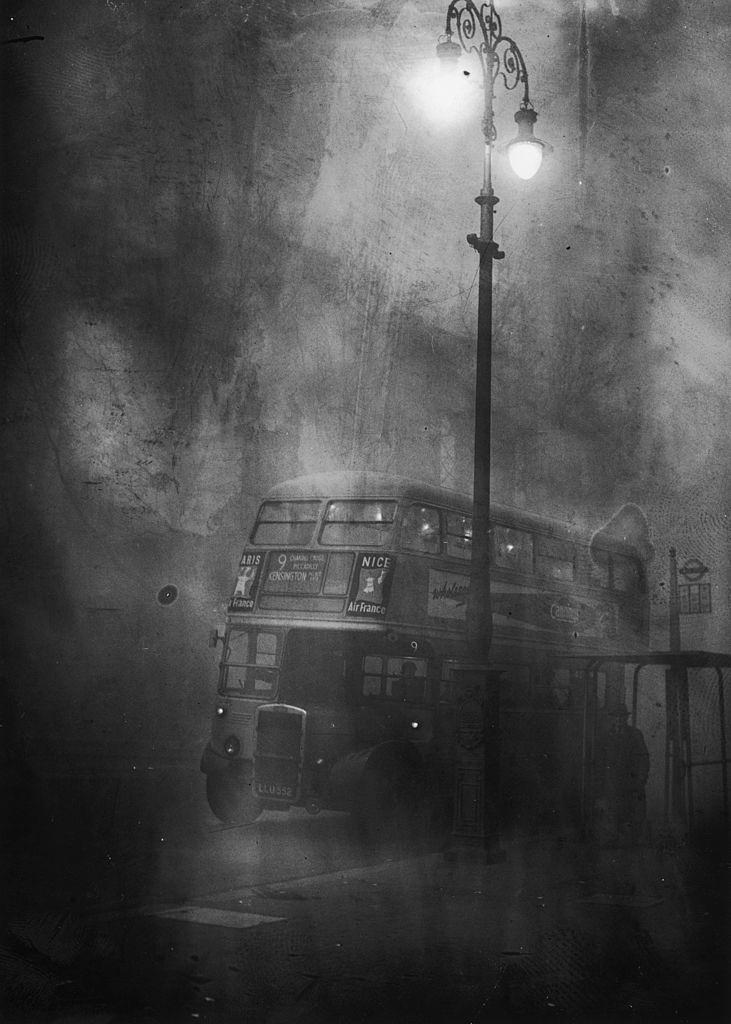
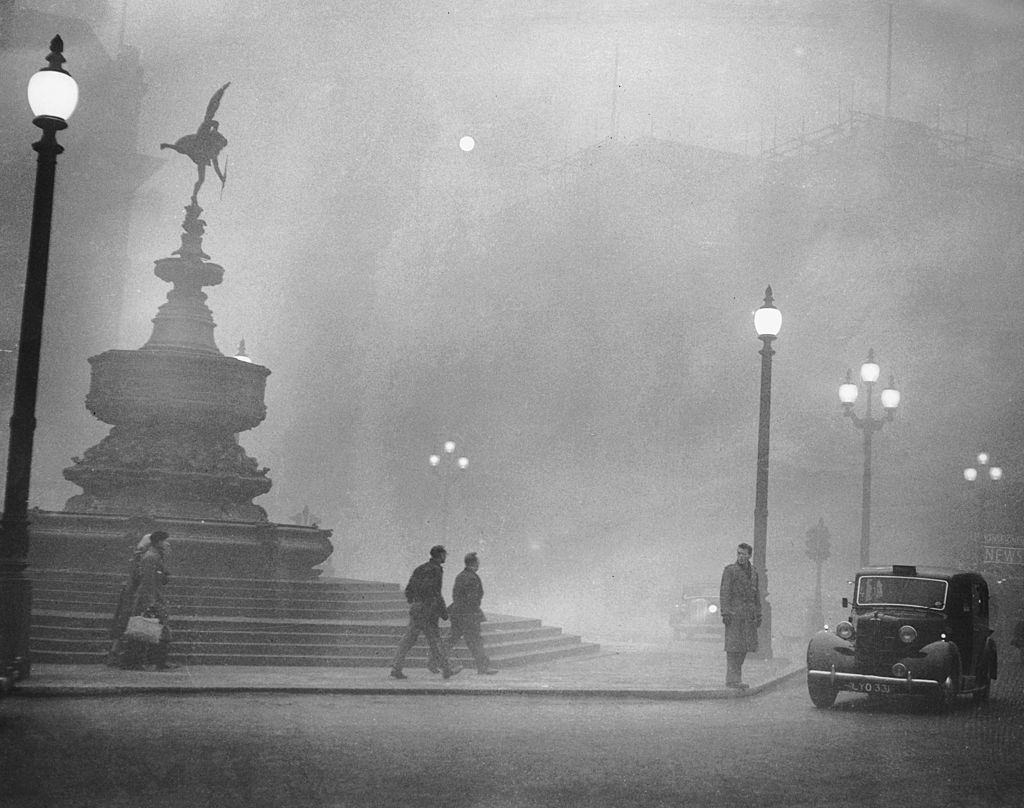
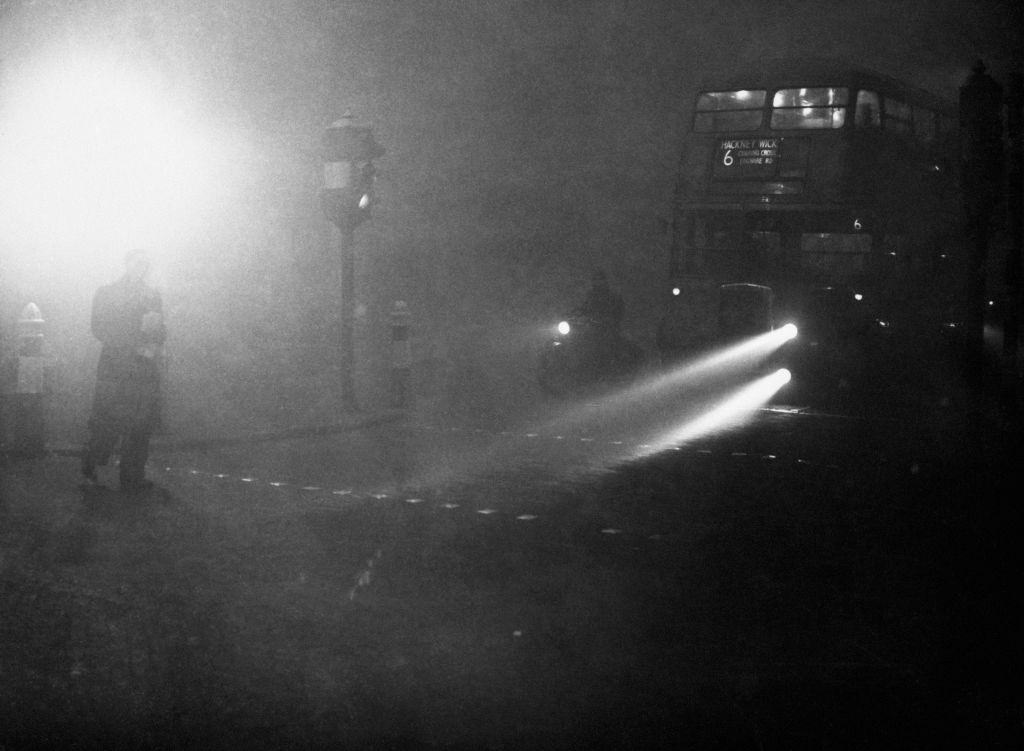
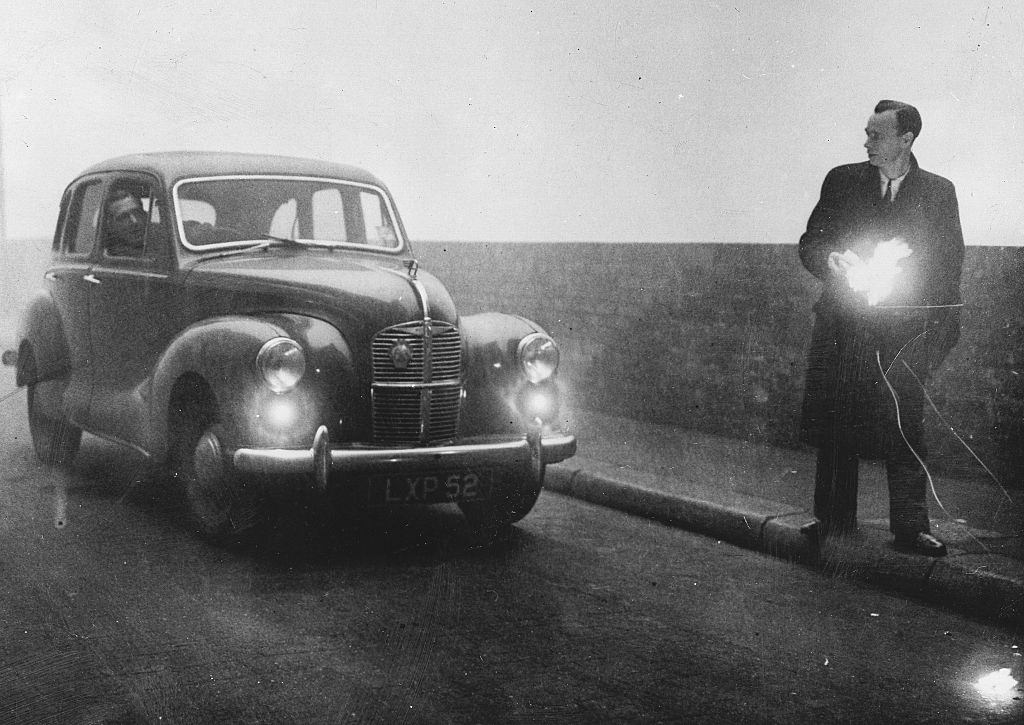
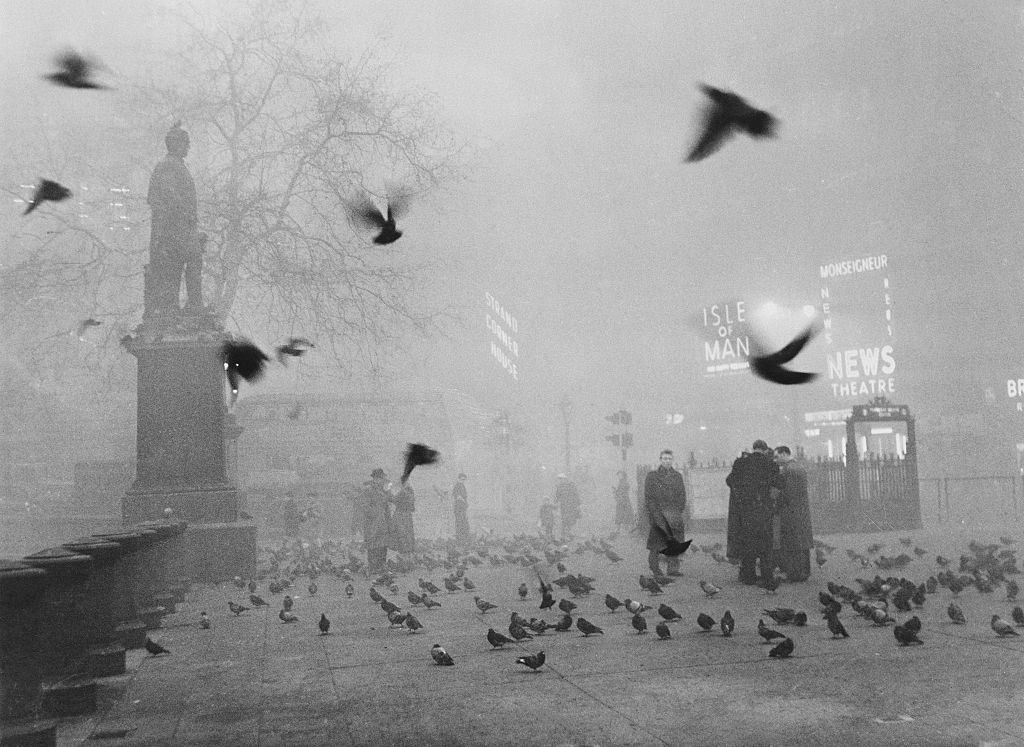
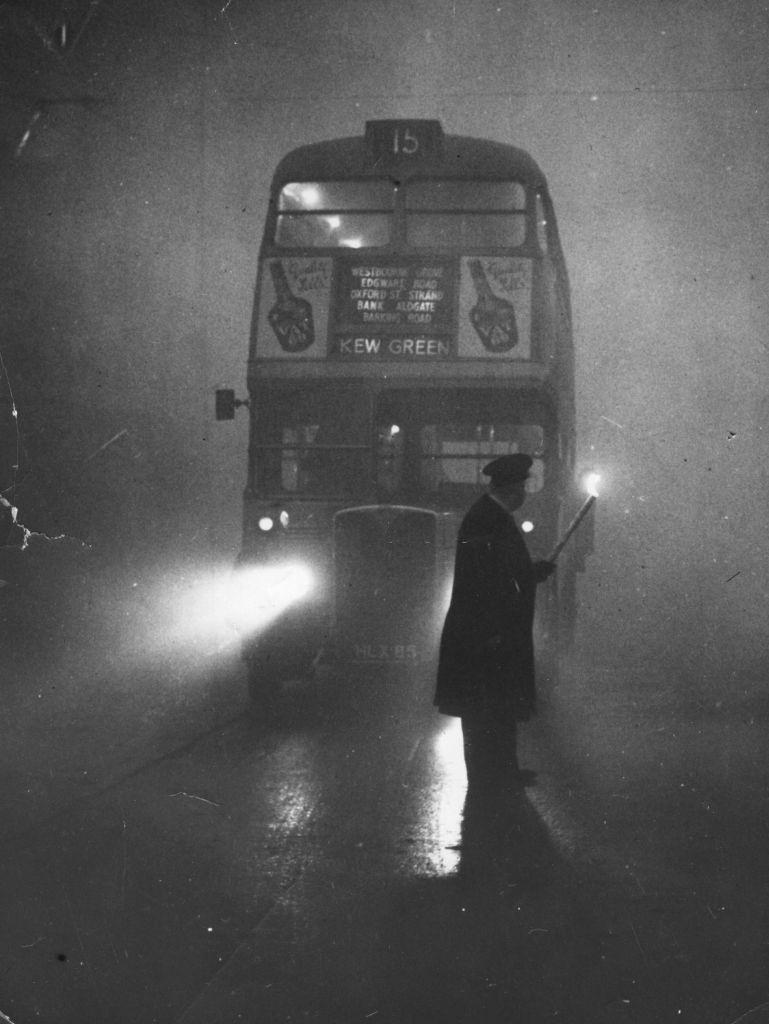
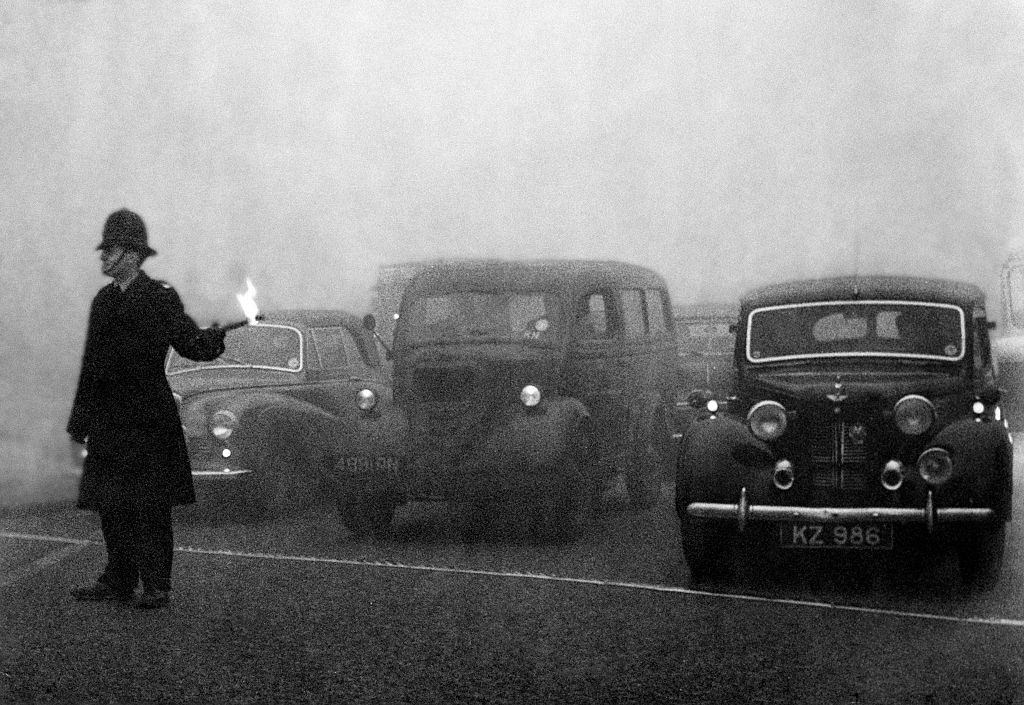
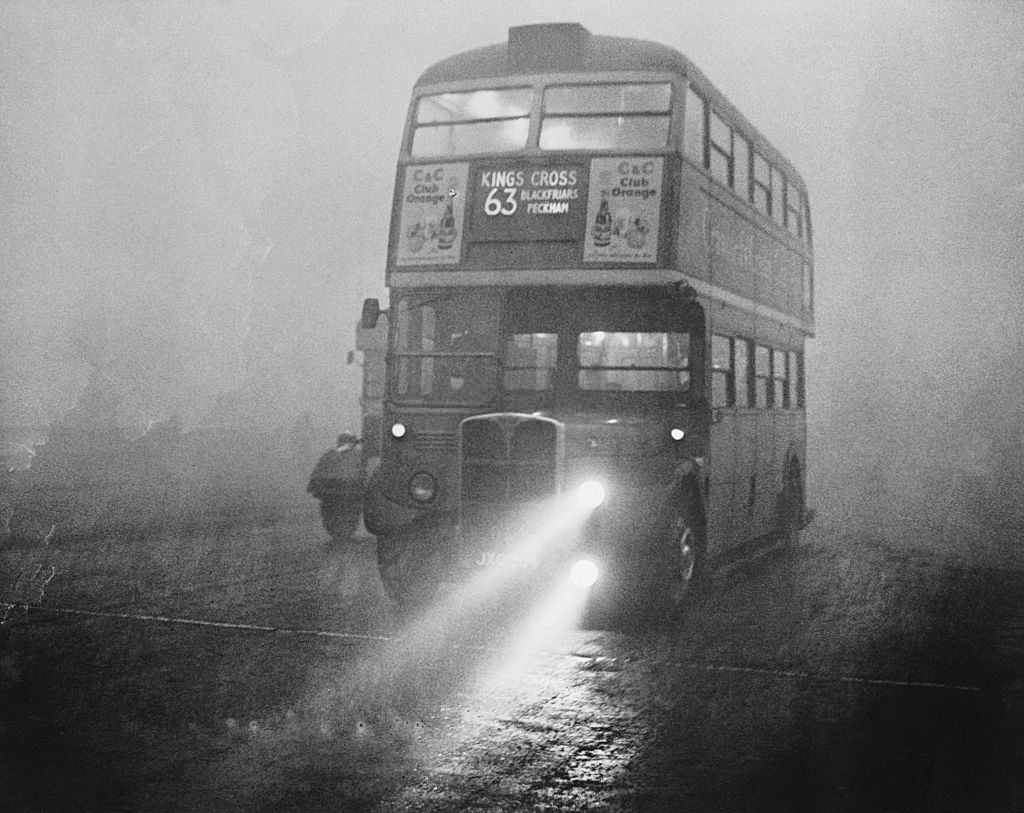
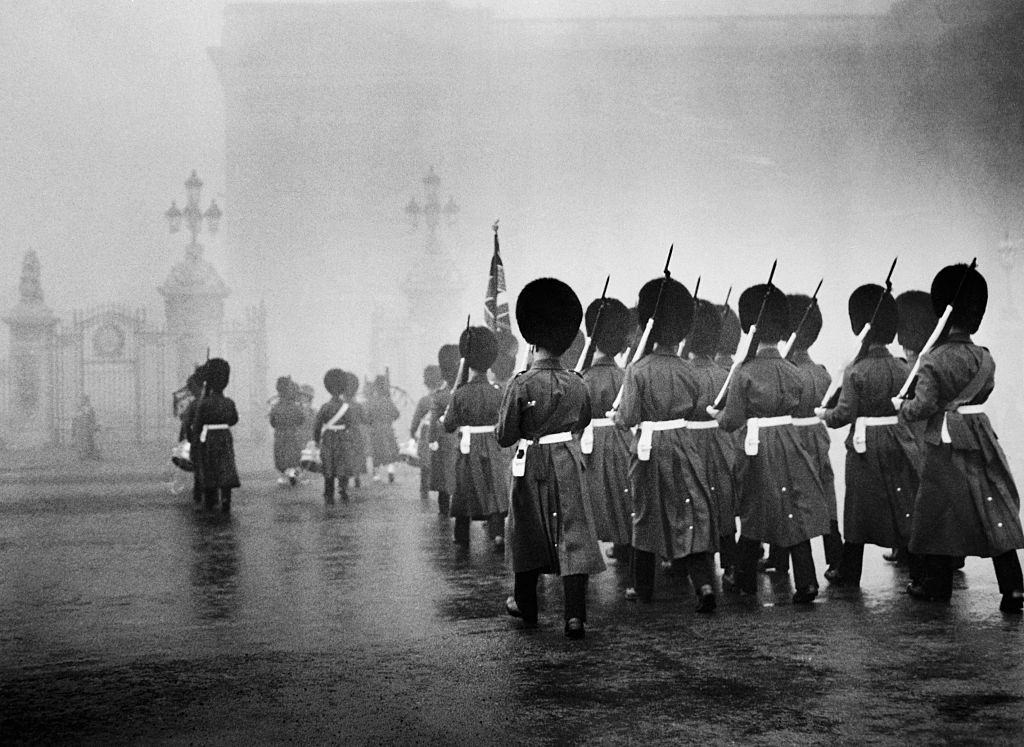

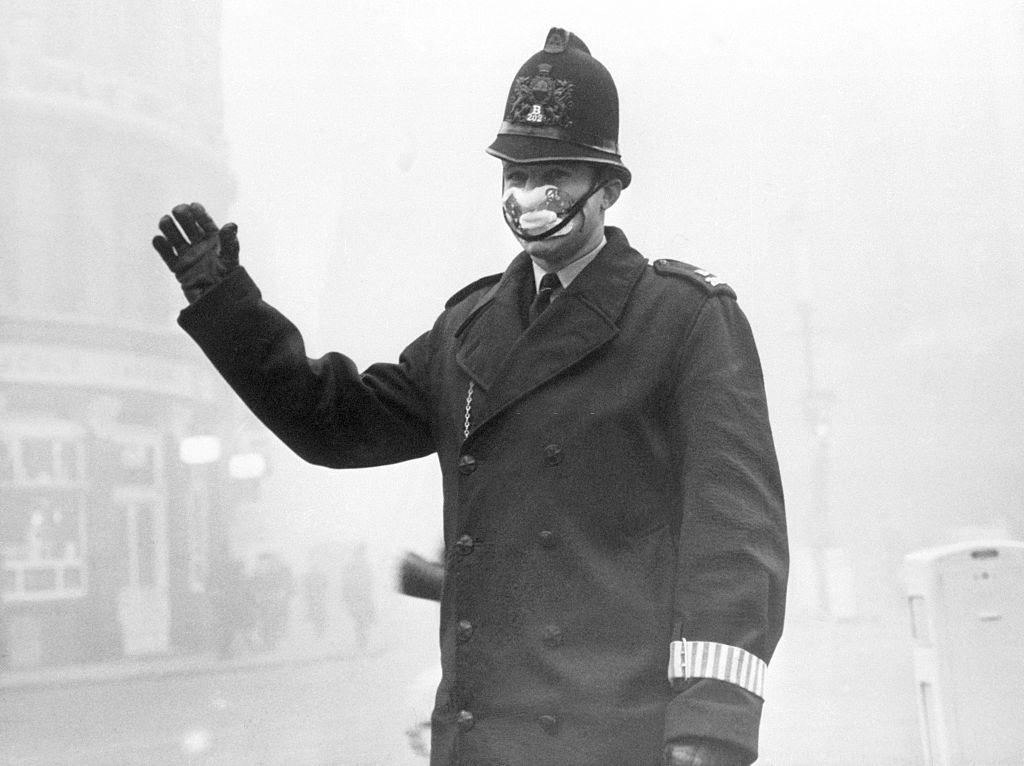
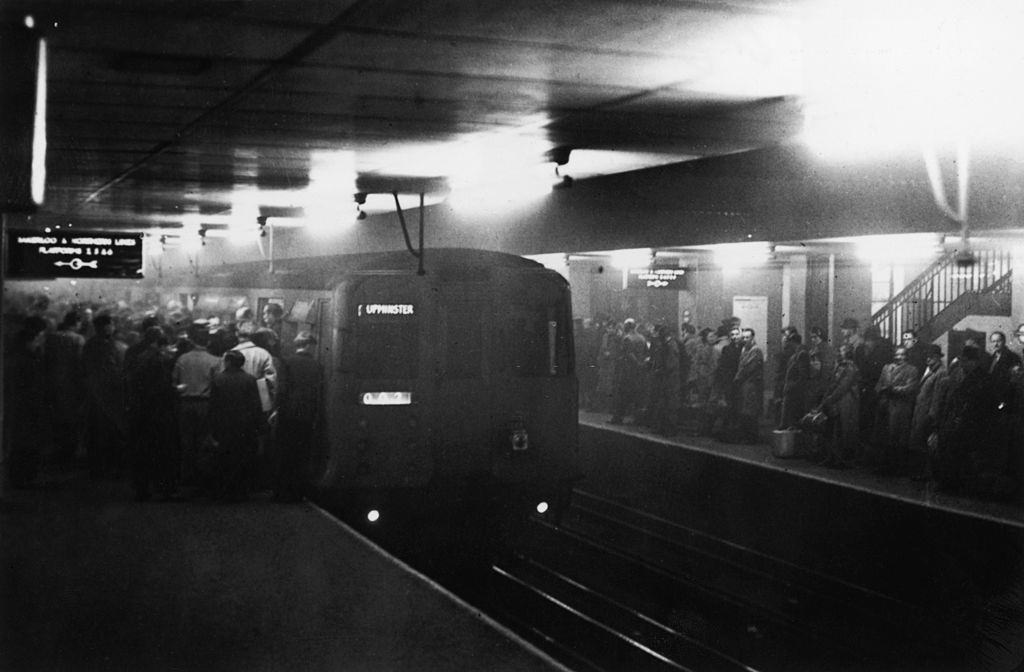
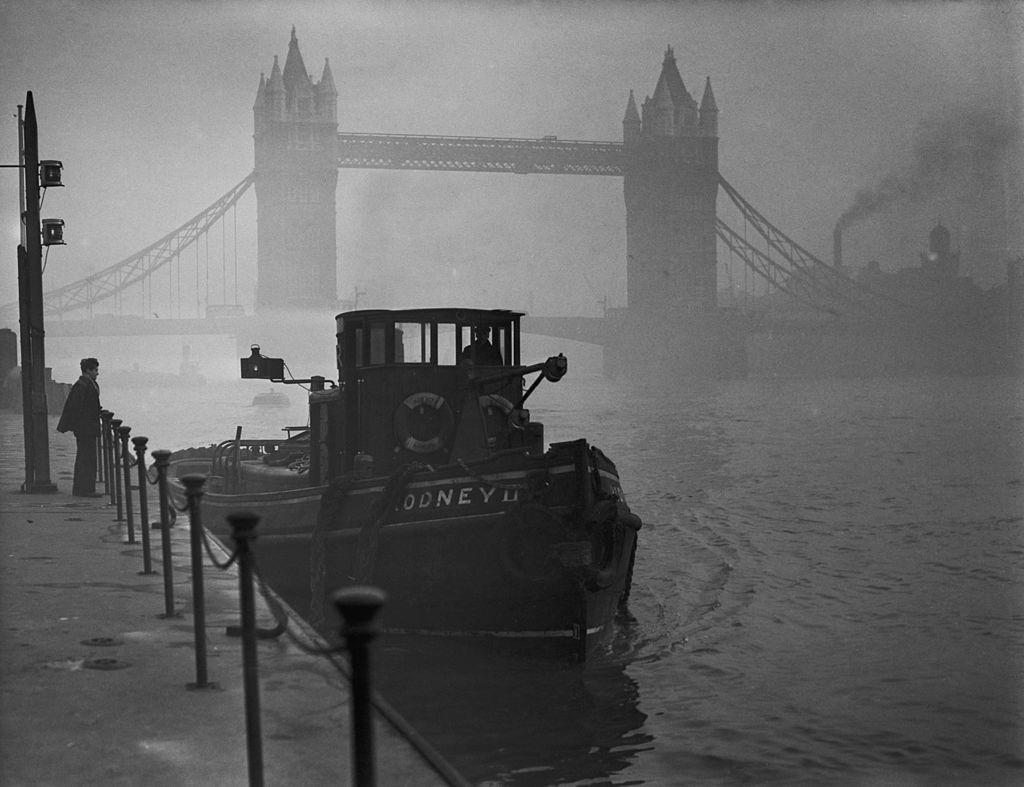

My dad told me about that. He was given a lift home from work because his coworker needed him to look out of the passenger window to ensure the curb was still there, so the driver knew he was on the right side of the road.
Kate Winkler Dawson wrote an excellent book called Death in the air about the smog and John Christie’s murders. I recommend it highly.
I have never heard of this?
I learned about the Great Smog in school, but it was also featured in an episode of Netflix’s ‘The Crown.’ Season 1, Episode 4, ‘Act of God’ (2016), depicts an intense combination of fog and pollution engulfing London.
I asked my father he was in London at that time he vaguely remember the smogs.
My father personally experienced the Great Smog, as he was a 10-year-old Cockney living in London in 1952.
has he had any lasting effects from dealing with that smog from his childhood?
No, none. Ironically, it’s my mother who has breathing problems, but she grew up in Liverpool
John Christie, a serial killer, used the Great Smog to lure victims to his house. He built a breathing apparatus to ease their symptoms, but secretly connected them to carbon dioxide, rendering them unconscious before murdering them.